

| "Art-- authentic art-- is simple. But simplicity demands the maximum of artistry. The camera is the director's pencil. It should have the greatest possible mobility in order to record the most fleeting harmony of atmosphere. It is important that the mechanical factor should not stand between the spectator and the film." F.W. Murnau, as quoted by Ludwig Gesek (from Lotte Eisner's The Haunted Screen) "[Murnau] does not mirror life from the moment, but from a mood. If his mood is oppressive, his characters are oppressive, his lighting is oppressive. If a flower were growing in a scene he wants to make oppressive, he would not permit it to be there unless it were drooped over. His whole thought in each scene is to represent a mood." Irving Thalberg, from a 1929 lecture at the University of Southern California |
Murnau's Cinema Universe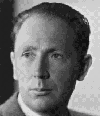
The world of Murnau's films is a world strongly determined by fate. The characters in his films are often overwhelmed by the power of the world around them, overwhelmed by things that they cannot control. But at the same time the characters in his film are intensely passionate, and they act accordingly, sometimes beating their heads against the wall in the struggle against the things that oppress them. The strong emotions of his characters make many modern audiences laugh, though that is probably due less to any absurdity in his films as is it to our modern distrust of passion. 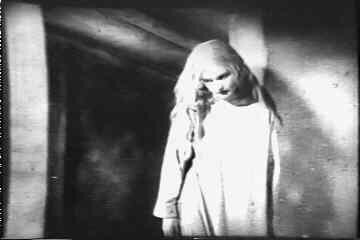
Such passion is actually quite refreshing, especially since the power of the Age of Cool has been so strong and endured so long. Murnau's films are operatic in their emotions and imagery, a simile that he reinforced by subtitling two of his films with the names of musical compositions. But his films themselves are less like operas than they are like tone poems. Some of his films move fast and with a fury, like Faust, while some move slowly, like an adagio. Sunrise and Tabu are films that move at an almost pre-technological pace, building their stories at walking speed, not the speed of the automobile, the instant exposition of so many other movies. Murnau is often credited as being one of the fathers of mise-en-scene, the art of moving and blocking action within the frame to tell the story, as opposed to relying on editing. He has gained this distinction mostly because of The Last Laugh, which is remembered largely for its use of camera movement. But many films before The Last Laugh involved some camera movement, and some sophisticated equipment already existed to insure that movement could be made smoothly. 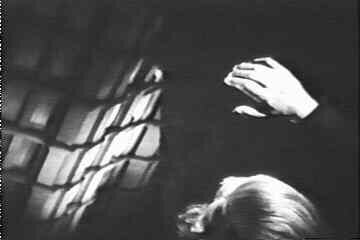
The significance of The Last Laugh rests in the role that camera movement takes in telling the story. The camera in this film rides down elevators, waltzes across vast floors and courtyards, and staggers after too much to drink. It slowly reveals information to us, and moves us in and out of identification with the character. But his films also show a great mastery of editing and pace. His edits come perfectly; for example, Tabu's remote location did not lend itself much to use of the moving camera, but it is an almost perfectly edited film. The editing builds a rhythm, first slow and gentle in the scenes on Bora Bora, and faster and more confrontational as the story progresses and the characters are more threatened. Murnau's films have a quality that is difficult to describe. I cannot simply watch his films; watching one of his films projected on the wall is something closer to bathing. His films touch me from head to toe. 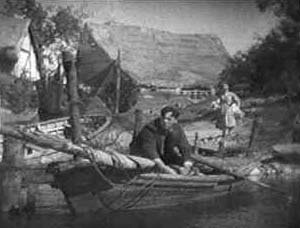
When I was in high school I acquired a Regular 8mm print of Nosferatu and a Super 8 print of Sunrise. More recently I have acquired Regular 8mm prints of The Last Laugh and Tabu. I have video prints of most of these and other Murnau films. Although 8mm has a resolution that may not always compare favorably with even a good VHS video copy, Murnau's films suffer in video and it is almost always more rewarding to see them projected. A cinema universe so black and white, so silent, so faint and far away is best experienced through the technology of that time, far removed from the DVD players and theatre sound systems of the futuristic present. A good source of information on Murnau is Lotte Eisner's book The Haunted Screen, which is currently in print. In the book she calls Murnau "the greatest film director the Germans have ever known." I am always on the lookout for materials on Murnau, from books on him to prints of his films. If anybody has any leads on such articles, or other information on Murnau (my sources for this site do not go far beyond the films themselves!), please |
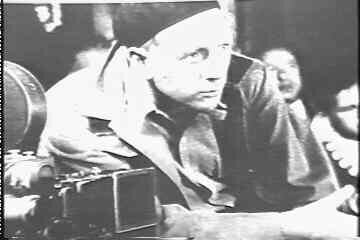 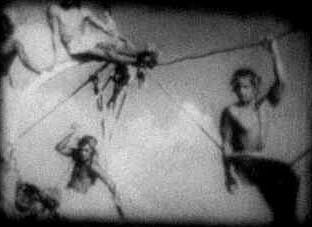 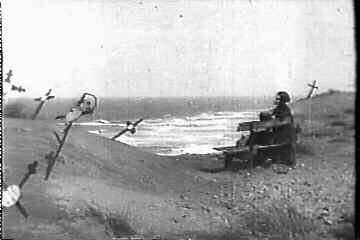 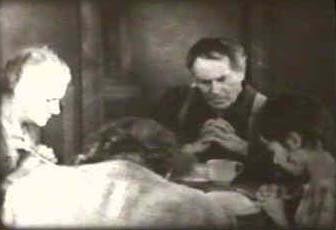 |
Filmography
|
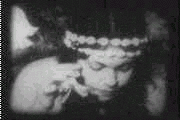
Back to Sloppy Films
Copyright © 1997 John Akre
https://sloppyfilms.com/murnau/univers.htm